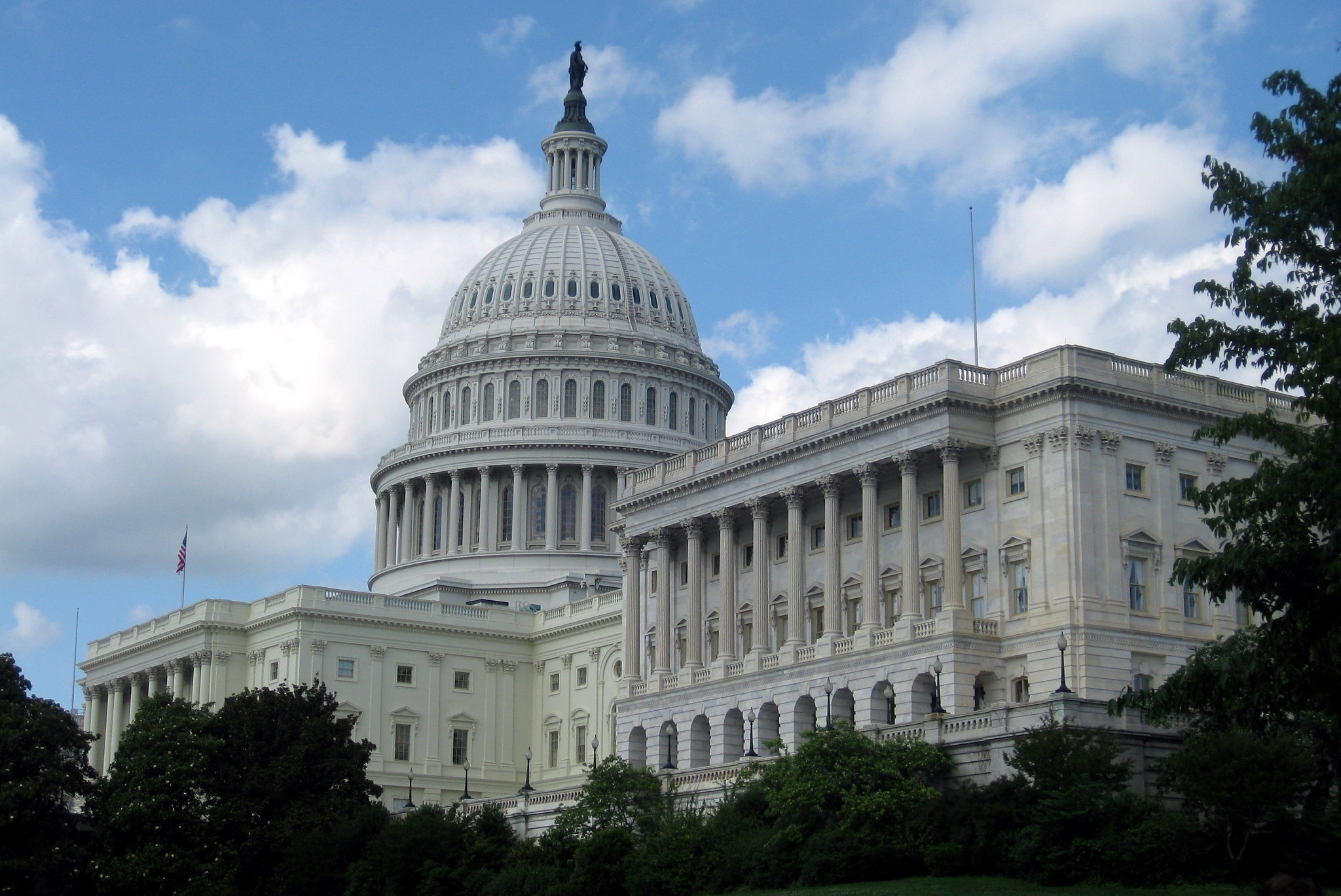How Congress Could Get Some of Its Power Back
Several proposed reforms would stop presidential administrations from using their informational advantages to circumvent the will of Congress.

Published by The Lawfare Institute
in Cooperation With

One lesson from Congress’s experience with the Trump administration is that the informational imbalance between Congress and the executive branch means that a president who does not wish to comply with a congressional mandate can, often, try to run out the clock. If the executive branch has information that Congress does not, or is in a position to prevent other actors from giving Congress material it has requested, then Congress has little recourse to obtain that information quickly. This was perhaps most evident with the subpoenas issued for certain Trump Organization financial records by three House committees. The subpoenas were issued in April 2019, but the Supreme Court did not reach a decision in the ensuing court challenge to them until July 2020—and the nature of its ruling means that the committees are unlikely to see the material in question before the November election. The Trump administration is not the first White House to use the slow speed of the federal courts to avoid congressional oversight, but it has done so repeatedly and with significant consequences.
But obstructing oversight by refusing to comply with subpoenas isn’t the only way the executive branch has used its informational advantages to try to circumvent the will of Congress. Recall that the impeachment inquiry in 2019 involved charges of abuse of the apportionment process, or the procedure by which the Office of Management and Budget (OMB) approves plans for how, by time period and project, agencies may spend the funds appropriated to them by Congress. The Trump administration has taken a broad view of this authority, implying that it could prevent agencies from using funds on policies with which the White House disagrees, like aid to Ukraine. While the Government Accountability Office (GAO) found that the administration’s action vis-a-vis Ukraine was in violation of the law, the underlying problem remains. Because information about apportionment decisions is not routinely disclosed to Congress, however, legislators often lack good information about how the executive branch is carrying out the spending decisions they have written into law.
Addressing this behavior by the executive branch is the goal of one of several important reforms proposed recently in Congress. Several of these reforms were included in the Financial Services and General Government spending bill that passed the House as part of a multi-measure package in July. The Senate is currently at work on its versions of this year’s appropriations bills, and an effort is underway to include the same provisions in that legislation as well.
One proposed reform would introduce limits on the president’s ability to manipulate the timing of when funds are spent. Currently, under a budget law passed in 1974, if the president wishes to cancel, or rescind, congressionally authorized spending, he can propose doing so to Congress, but if Congress does not approve his request within 45 days, the president must make the funds available. The president can postpone the obligation of funds for certain reasons—but a difference of opinion with Congress over policy is not among them. The Trump administration has repeatedly tried to use these provisions to avoid following Congress’s will, including by waiting until nearly the end of the fiscal year to put forward a rescission such that the funds in question would expire before Congress could act on Trump’s proposal. As Sen. Chris Van Hollen argued in a November 2019 Senate Budget Committee hearing, “no president, Democrat or Republican, should be able to play that kind of game and run out the clock.” The House-passed bill also curbs another potential delay tactic by the executive branch by requiring that agency heads respond to requests from the GAO as part of investigations of violations of appropriations law within 20 days.
A second focus of the reforms is the apportionment process. Under the proposed reforms, OMB would have to disclose its apportionment decisions publicly, and agencies would have to notify Congress if OMB has issued a decision that affects congressionally specified directives. While the White House, in threatening to veto the underlying spending bill, called these new requirements “unnecessarily onerous” and “an improper intrusion on the appropriate balance of powers between co-equal branches of the Federal Government,” a more transparent apportionment process would improve Congress’s ability to ensure that federal funds are being spent in line with their intent.
Often, proposals to increase Congress’s capacity to oversee the executive branch fall victim to partisanship, with members of the president’s party being reluctant to support reforms that limit his power. Importantly, however, several of these recent proposals have already received demonstrated bipartisan support; in 2019, three Republicans (Sens. Lindsey Graham, Pat Toomey and David Perdue) supported an amendment offered in the Senate Budget Committee by Van Hollen containing provisions similar to the recent House-passed language on withholding near the end of the fiscal year and on apportionment transparency.
Effectively rebalancing power between Congress and the executive branch is not an easy task; the current distribution of authority is due, in part, to conscious choices by Congress to delegate responsibilities to the president. Building the capacity and expertise within the legislative branch to more effectively oversee the executive requires spending that legislators perceive to be politically unpopular. As even the debate over whether members of Congress and their staffs should have access to regular COVID-19 testing has shown, the House and the Senate are often reluctant to make investments in themselves because they do not want to be seen as having “gone Washington.” But these reforms have the potential to improve Congress’s ability to oversee the executive branch without requiring the kind of politically contentious votes that others do.


.jpg?sfvrsn=5a43131e_9)

